
Sunon Inspiration section contains a series of inspiring articles, images, and interviews. It explores the world of design, workplaces, our products, events, and people to fascinate you in various facets.
Sunon Inspiration section contains a series of inspiring articles, images, and interviews. It explores the world of design, workplaces, our products, events, and people to fascinate you in various facets.
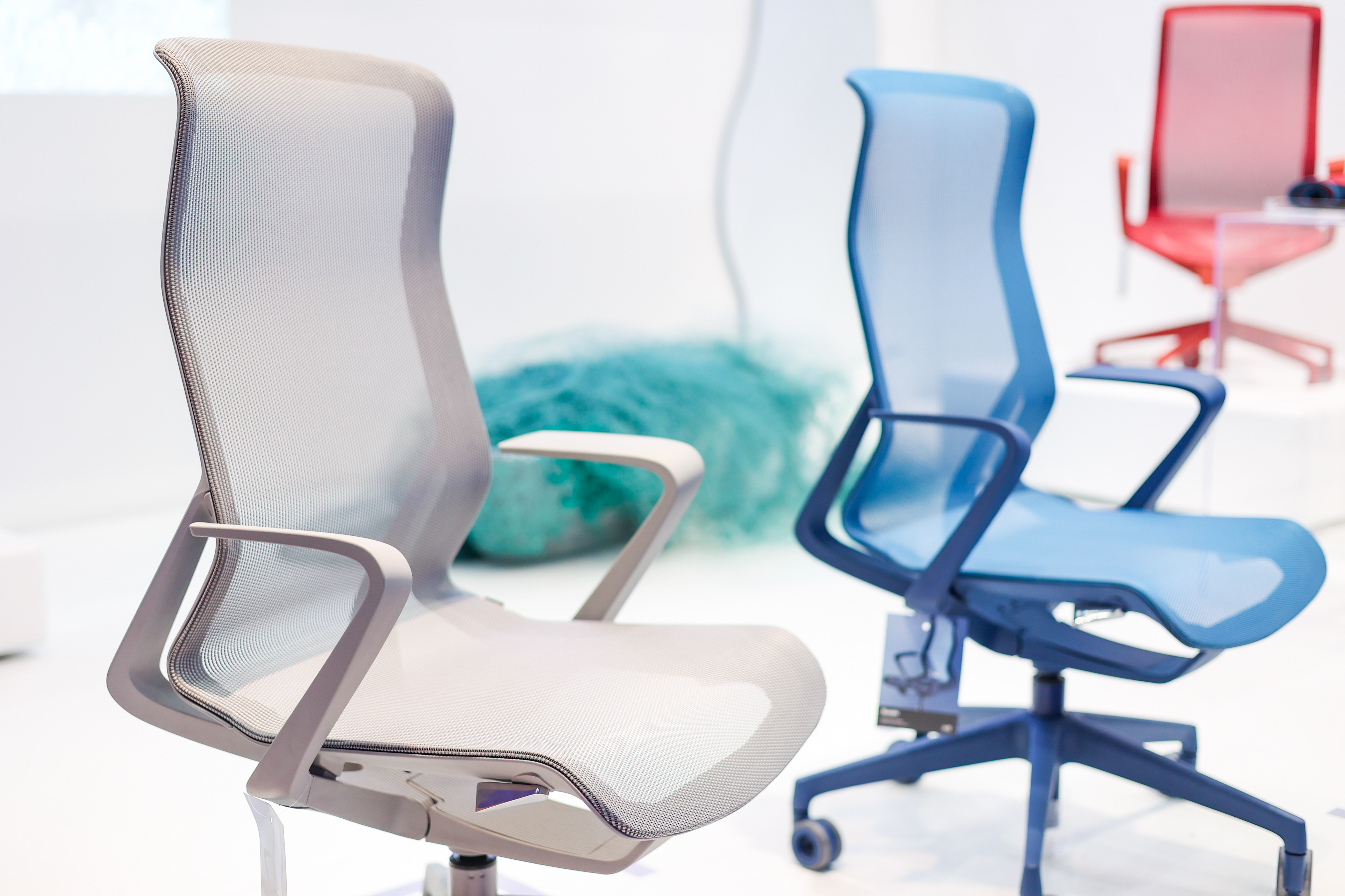
Sunon introduces its latest sustainable innovation H5 - a next-generation ergonomic chair that embodies the harmony of sustainability, design, and global vision.
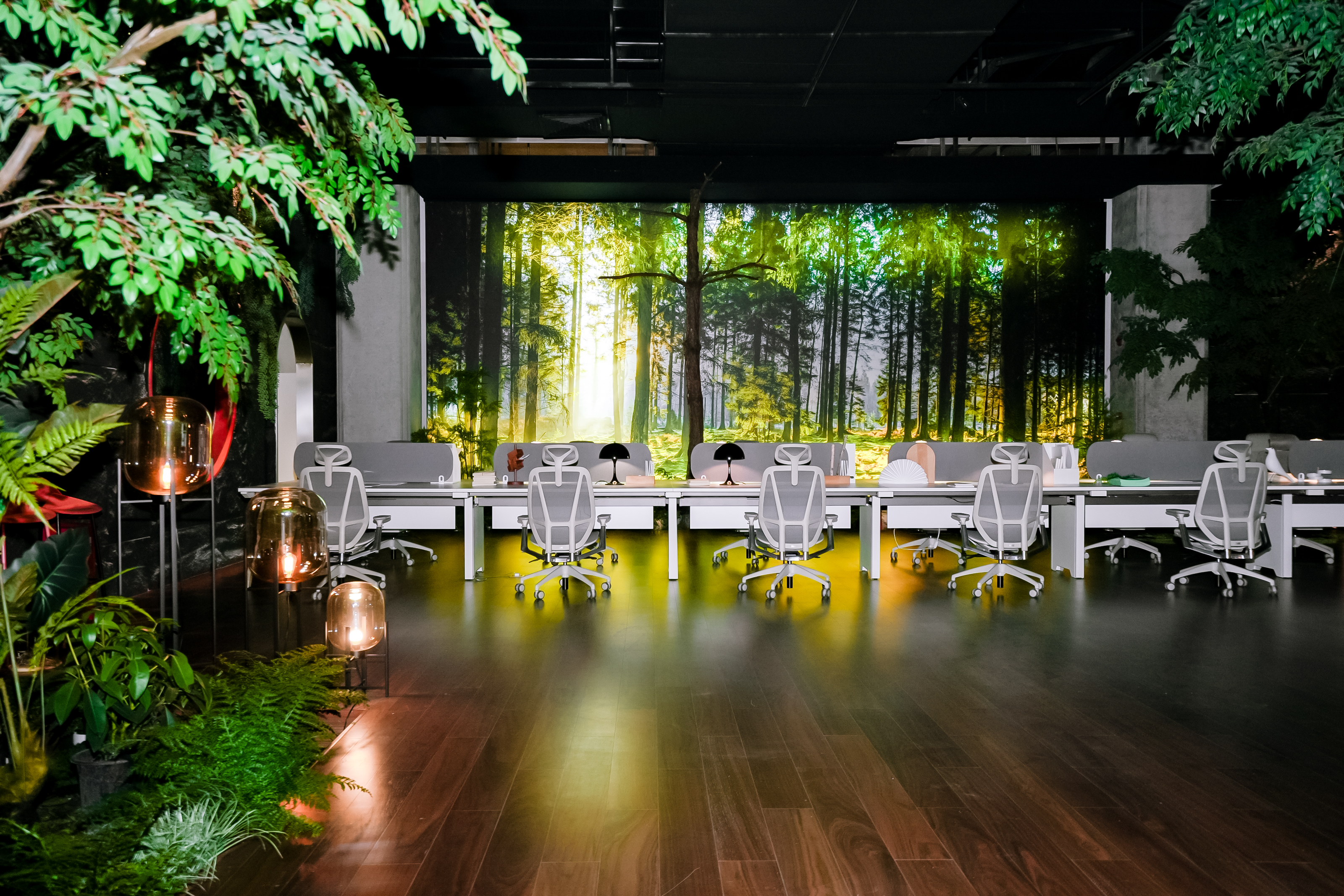
As businesses navigate a rapidly evolving work landscape, one truth has become increasingly clear: the traditional office is no longer just a place to work.
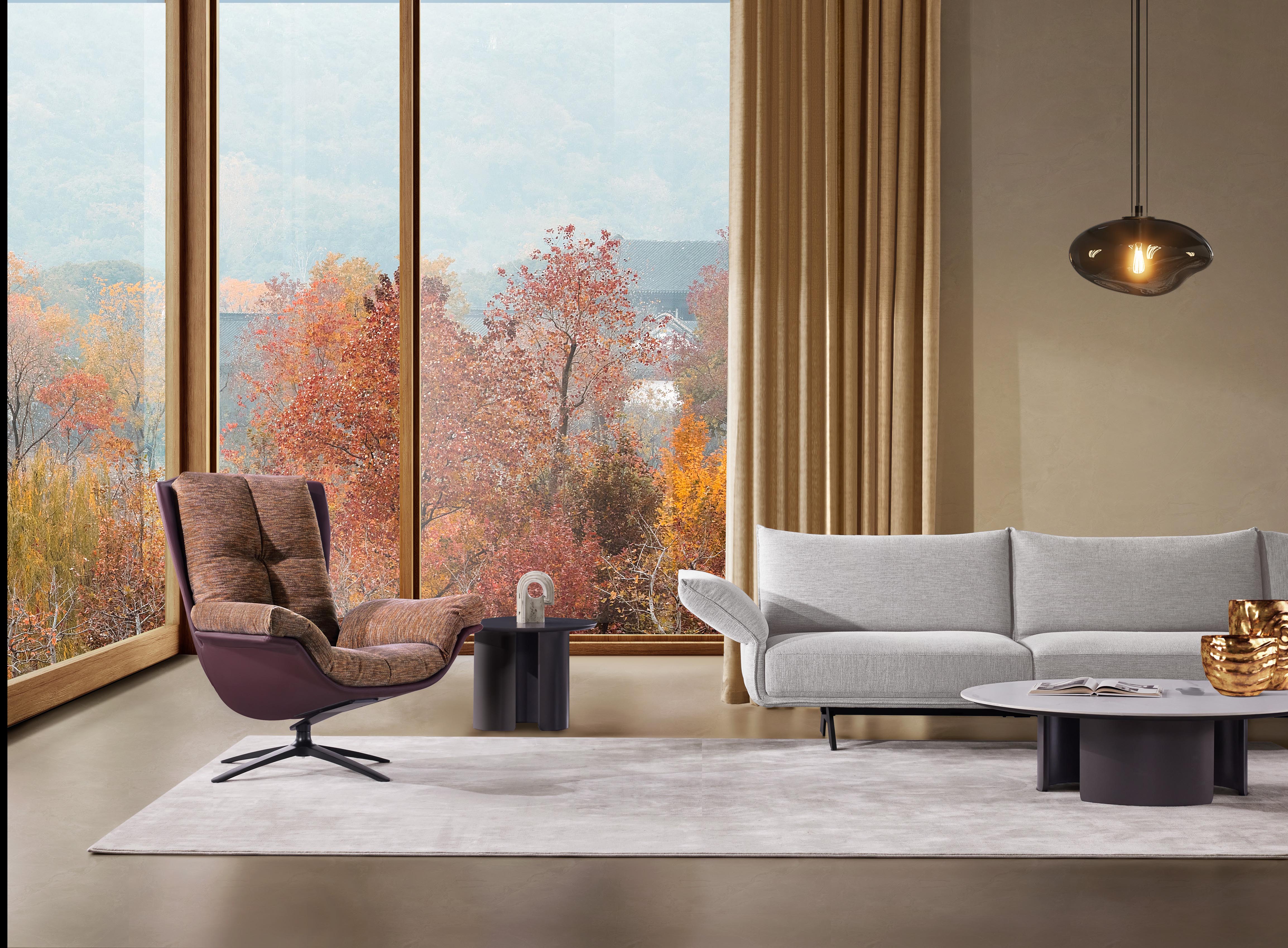
In the modern workplace, many of us spend extended hours seated, often overlooking how the design of office furniture can affect our health.
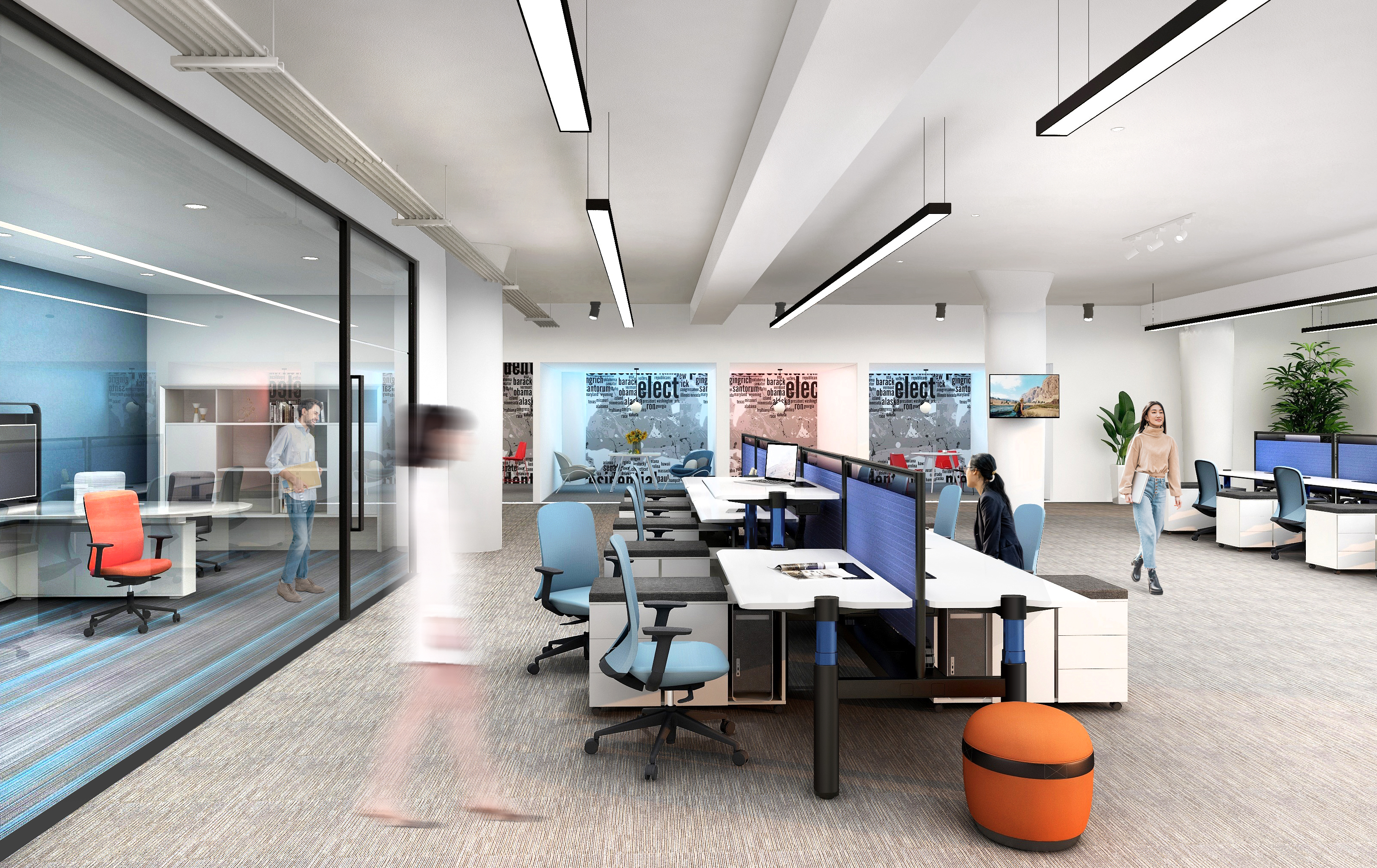
Amid the catalyzing effects of the pandemic and the continuous rise in commercial rents, more and more companies are beginning to rethink the Key Performance Indicators (KPIs) of office space.
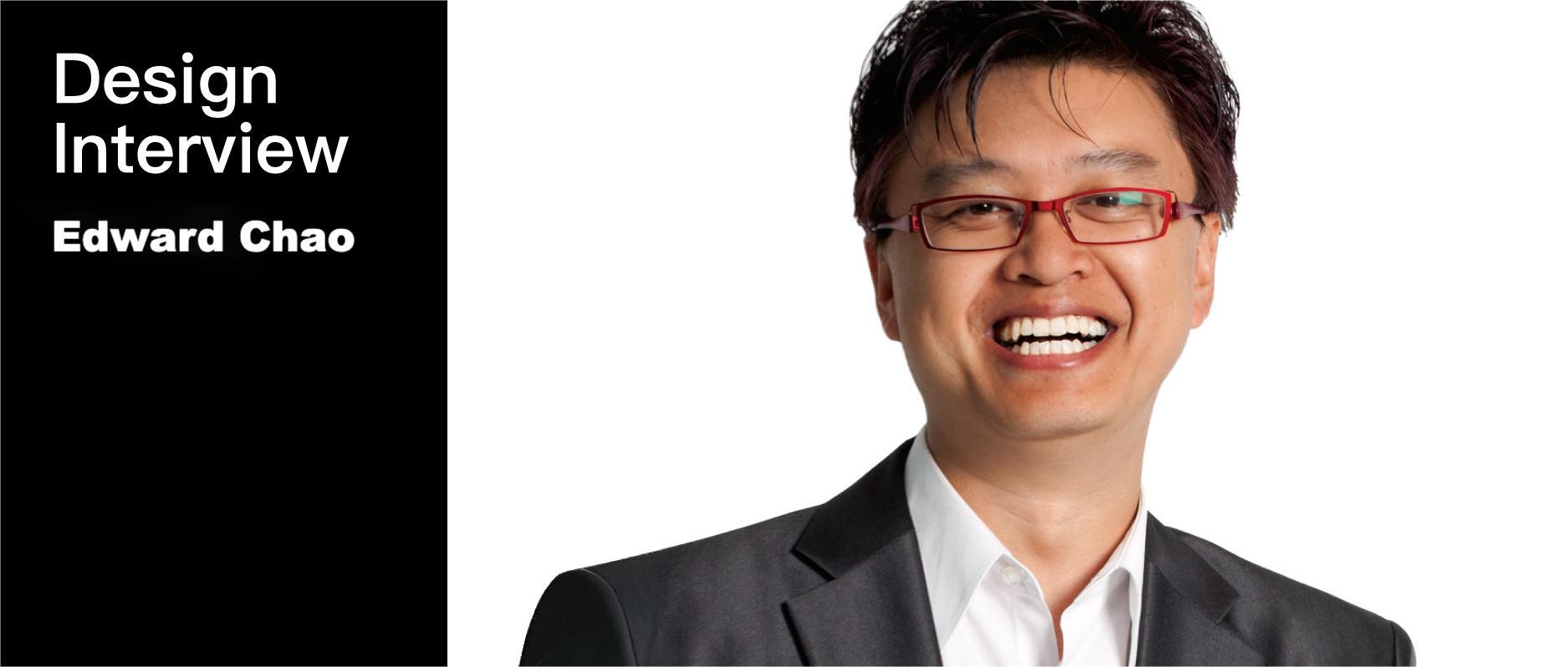
Since China's announcement of its "dual carbon" goals, the concept of low-carbon offices has gradually been put into practice and promoted among domestic and international enterprises. Reducing carbon emissions, innovating lifestyles and office practices, and embracing sustainable principles will also lead the way for future office space design trends.
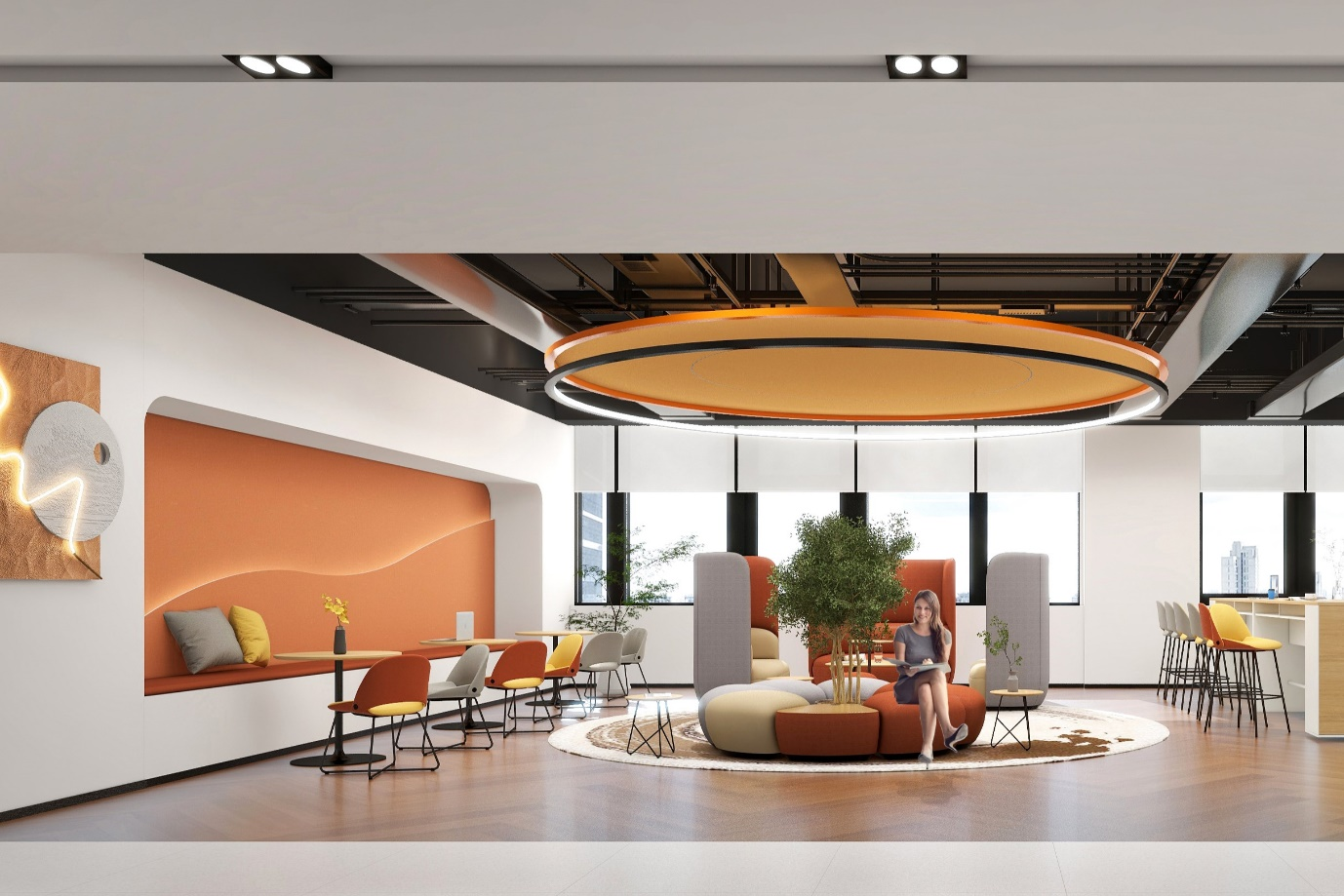
One thing that can be certain about the future is the ever-evolving nature of the work environment. Businesses will make quality space improvements in 2024, impacting the quality of time spent in the workplace. While organizations will use less space to shrink their office footprint, it's vital to note that they are looking to create places of a better experience, making office design even more significant.
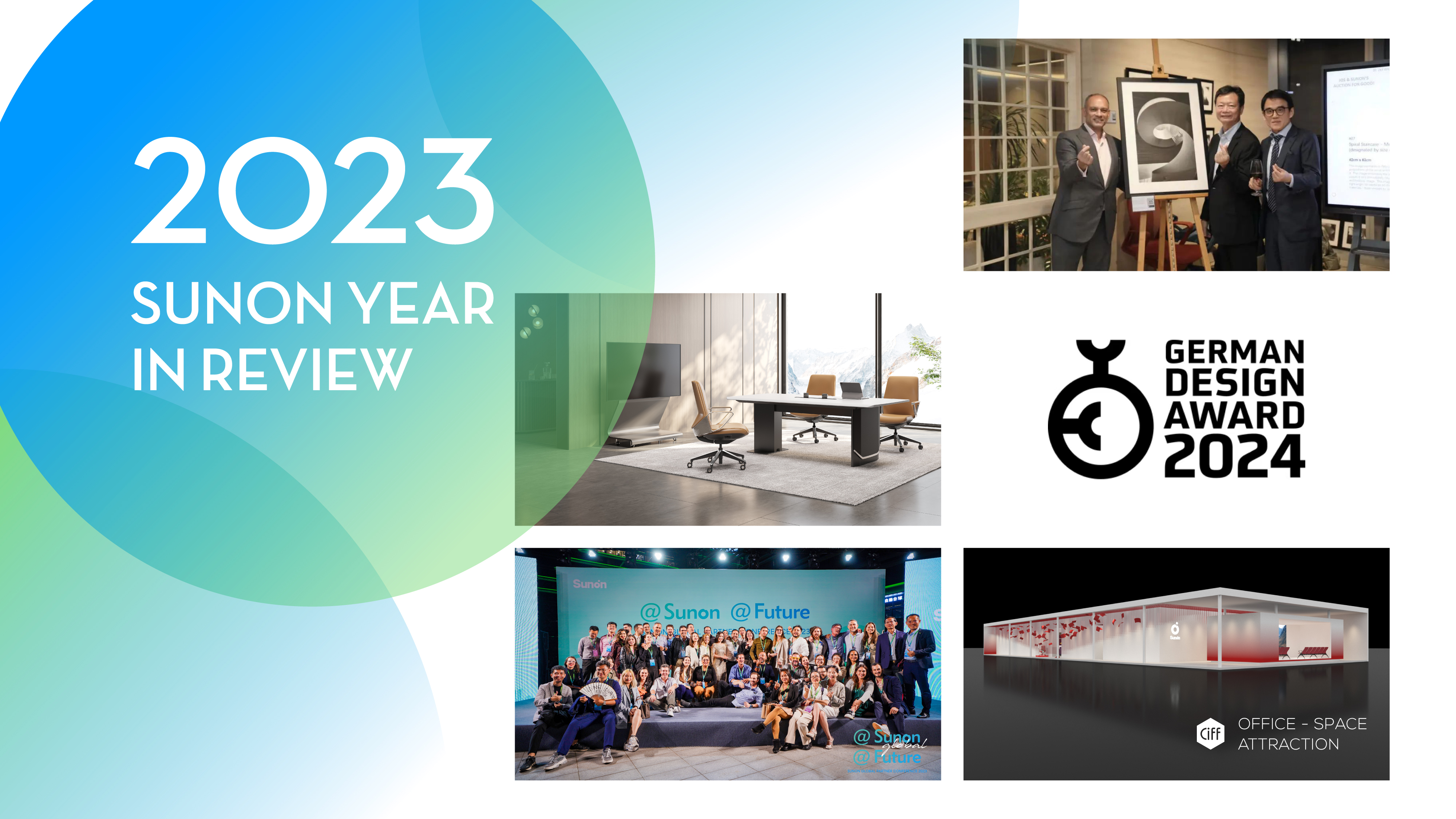
As we bid farewell to 2023, Sunon reflects upon a year filled with triumphs, innovation, and global recognition. From winning prestigious awards to hosting global events, we have a lot to be thankful about this year. Looking back on the successes of 2023, we are filled with gratitude for our loyal clients, dedicated employees, and the global partners who have embraced our vision for a better place to work.
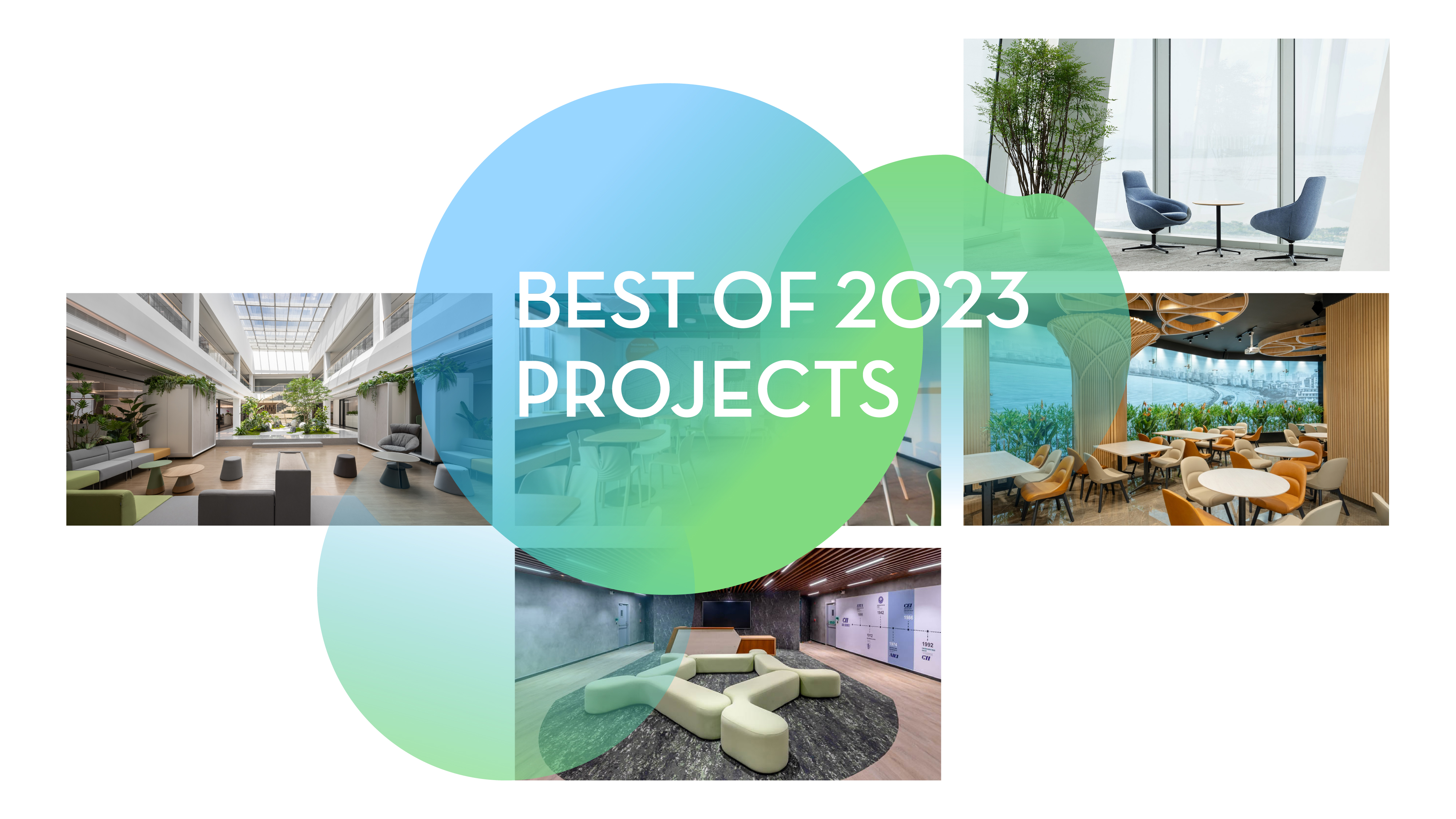
In contemporary workspace evolution, the year 2023 has emerged as a pivotal chapter, marked by innovation, creativity, and our profound commitment to redefining the very essence of office environments. This article is a celebration of our most loved office projects of 2023, where form meets function, and where cutting-edge design harmoniously blends with practicality to create workspaces that inspire productivity, collaboration, and employee well-being.
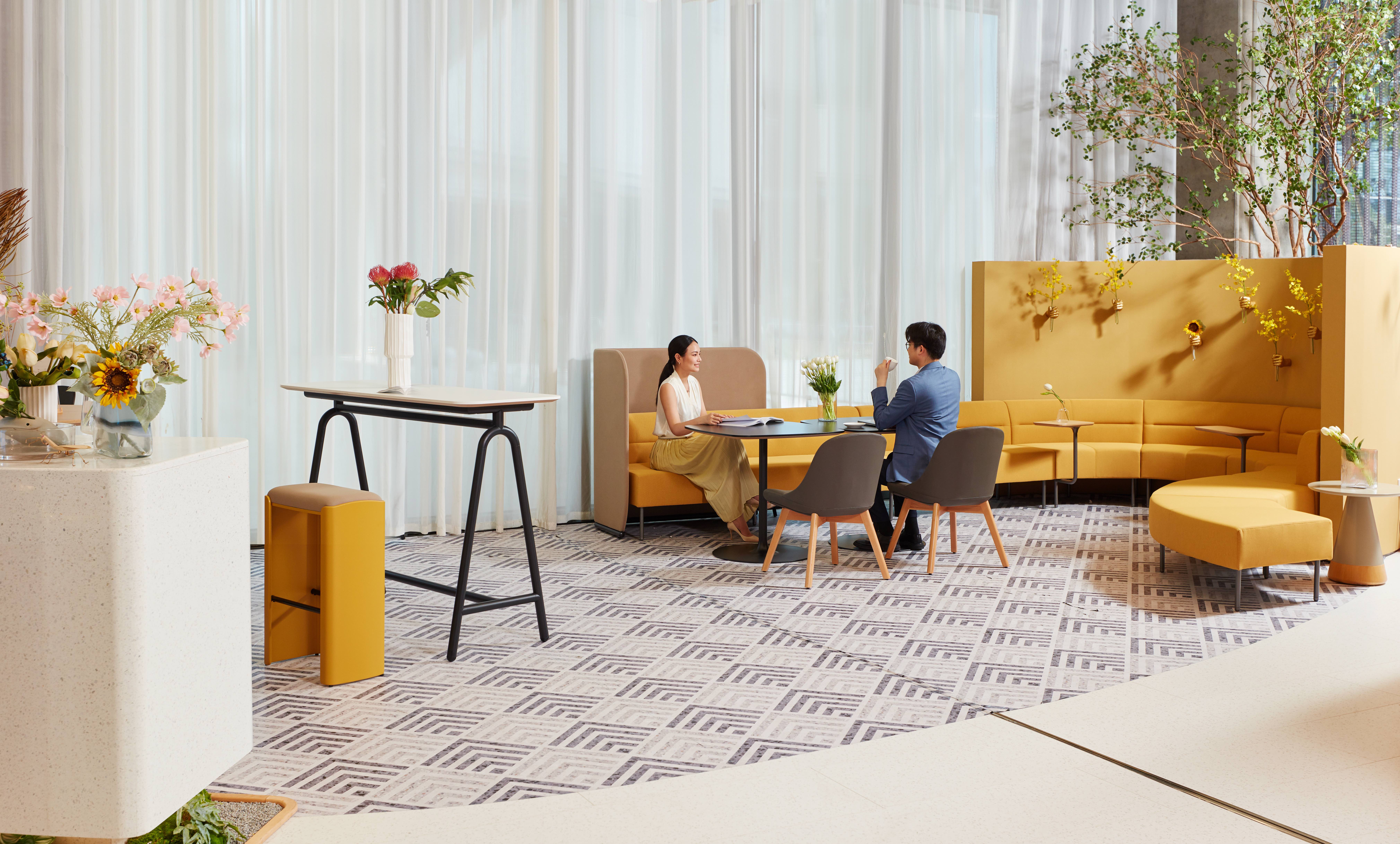
The workplace is dynamic, much like life. Our physical surroundings have a significant impact on our level of fulfillment and productivity, even if there are many other elements at play. The widespread adoption of technology and its effects on the workforce, in addition to the kinds of organizations using office space, have driven this transformation. Businesses are finding it more and more challenging to give their staff focused dedicated workspaces in the fast-paced world of modern work.
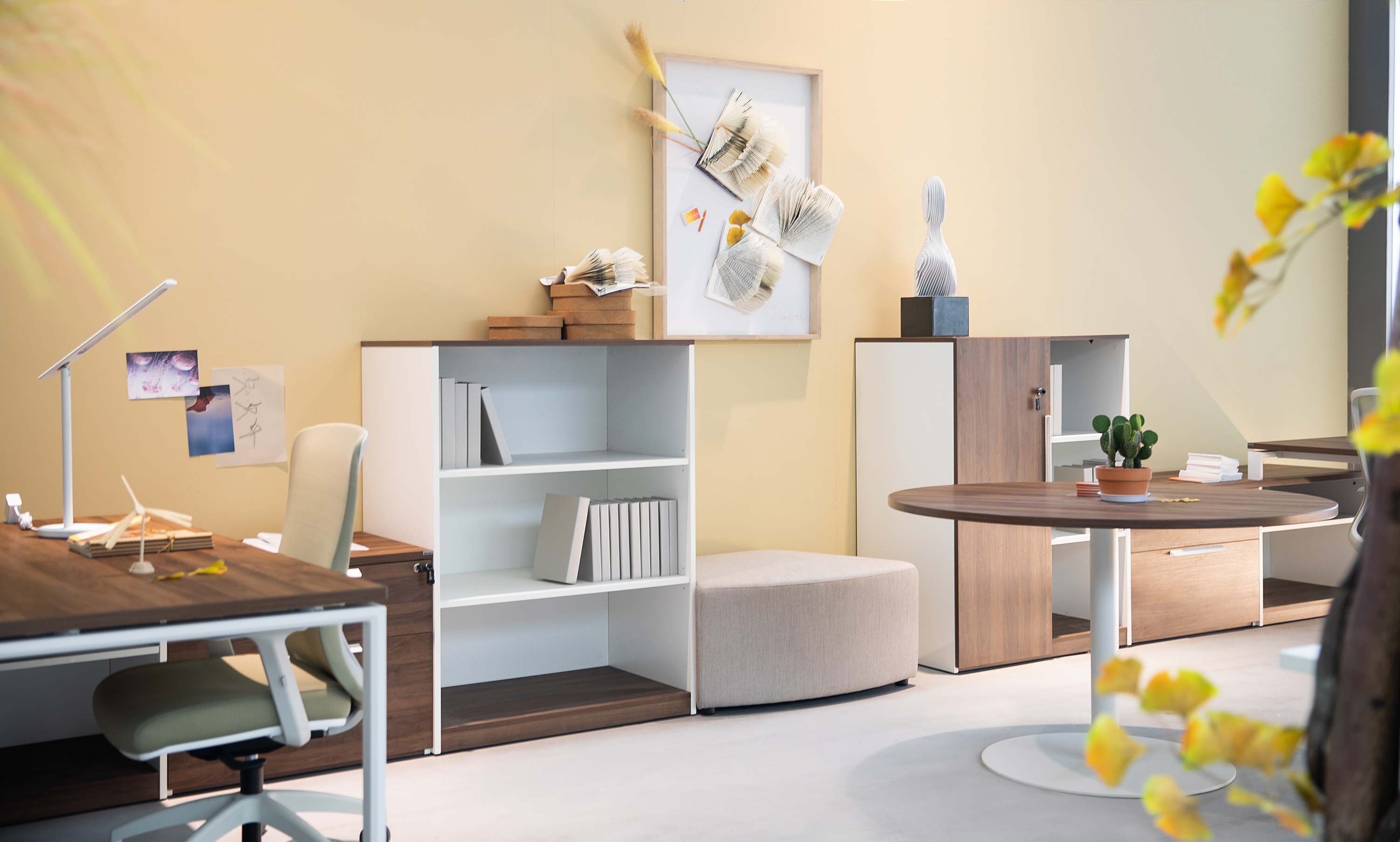
The minimalist aesthetic has been popular for a while. People are willing to give up their material goods, declutter, and focus on simplicity. It should come as no surprise that the 'Japandi' style interior trend has swept the globe given how widely embraced the minimalist movement is. Because they are so cozy, useful, and elegant, styles like the Japandi style are influencing workplace interior design.
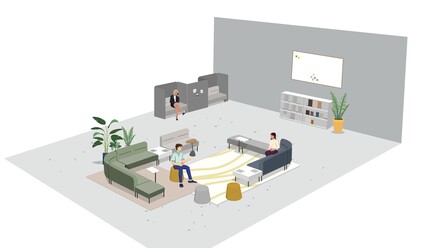
In the workplace, space is a key element that influences engagement, innovation, and productivity. Relationships are easier to form through face-to-face interaction with coworkers and are influenced by how we perceive space. Although workplace spatial dynamics have been evolving for some time, the pandemic has thrown these changes into much greater relief.
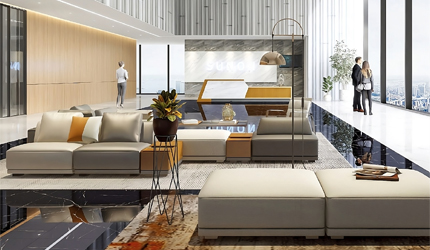
People go to the office not just to work but also to connect. The workplace continues to be dominated by hybrid schedules, which are here to stay. Even if the way these hybrid work models are implemented varies by business, meeting in person now has a new significance: human connection. A sense of social connection increases productivity, motivation, and the likelihood that an individual will contribute to the utmost extent possible by 3.5 times. Never undervalue the value of interpersonal relationships at work, especially now.